First drive review: Opel/Vauxhall Vivaro-e & Zafira-e-Life
Opel, known as Vauxhall in the UK, will electrify all light commercial vehicles by 2021. Enough for us to take a look at the all-electric van Vivaro-e and its passenger car variant, the Zafira-e. Our editor had a short test drive with both vehicles in Germany.
* * *
These two vans are only the vanguard. The keyword is PSA synergies. The parent company ensures that all daughters share fairly. And so it happens that the Opel/Vauxhall Vivaro-e, Zafira-e Life, and the Citroën ë-C4 share the same electric drive.
But back to the case at hand. Both the Vivaro-e and the Zafira-e Life are based on the PSA Group’s EMP2 (Efficient Modular Platform) platform. The electric motor has an output of 100 kW and a torque of 260 Nm. The top speed is 130 kph.
Depending on requirements, a battery with 50 kWh claims a range of up to 230 kilometres. The 75 kWh battery has a range of up to 330 kilometres (WLTP). Opel/Vauxhall claims though that the larger power pack cover up to 477 kilometres in city driving.
CATL supplies the cells, but Opel assembles the modules in-house. The small battery consists of 18 modules with a total of 216 cells; the larger battery consists of 27 modules with a total of 324 cells.
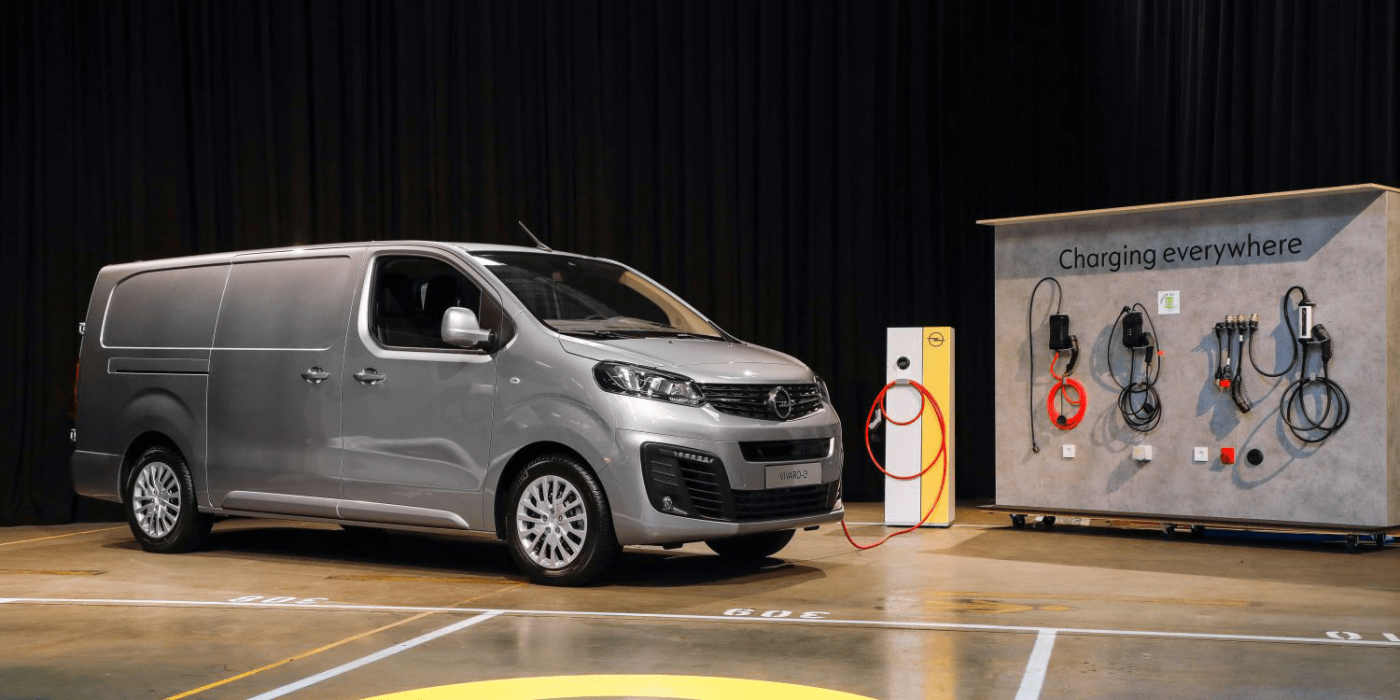
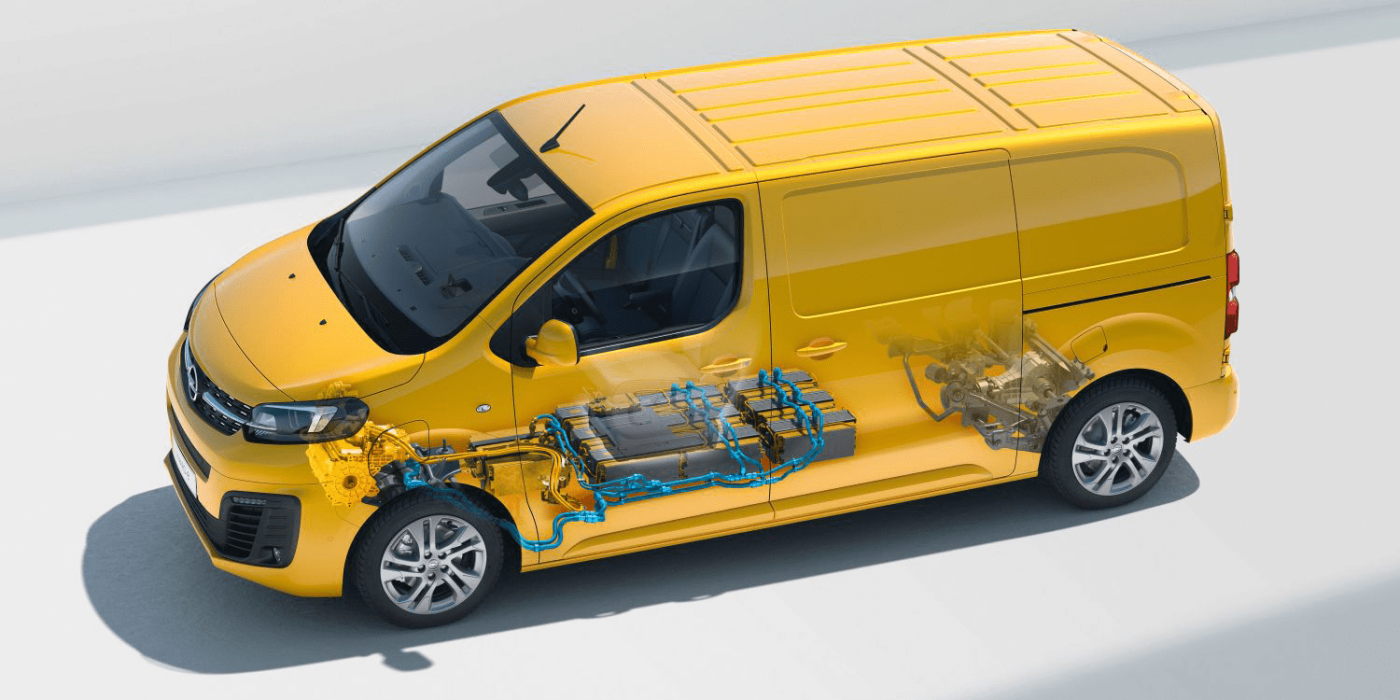
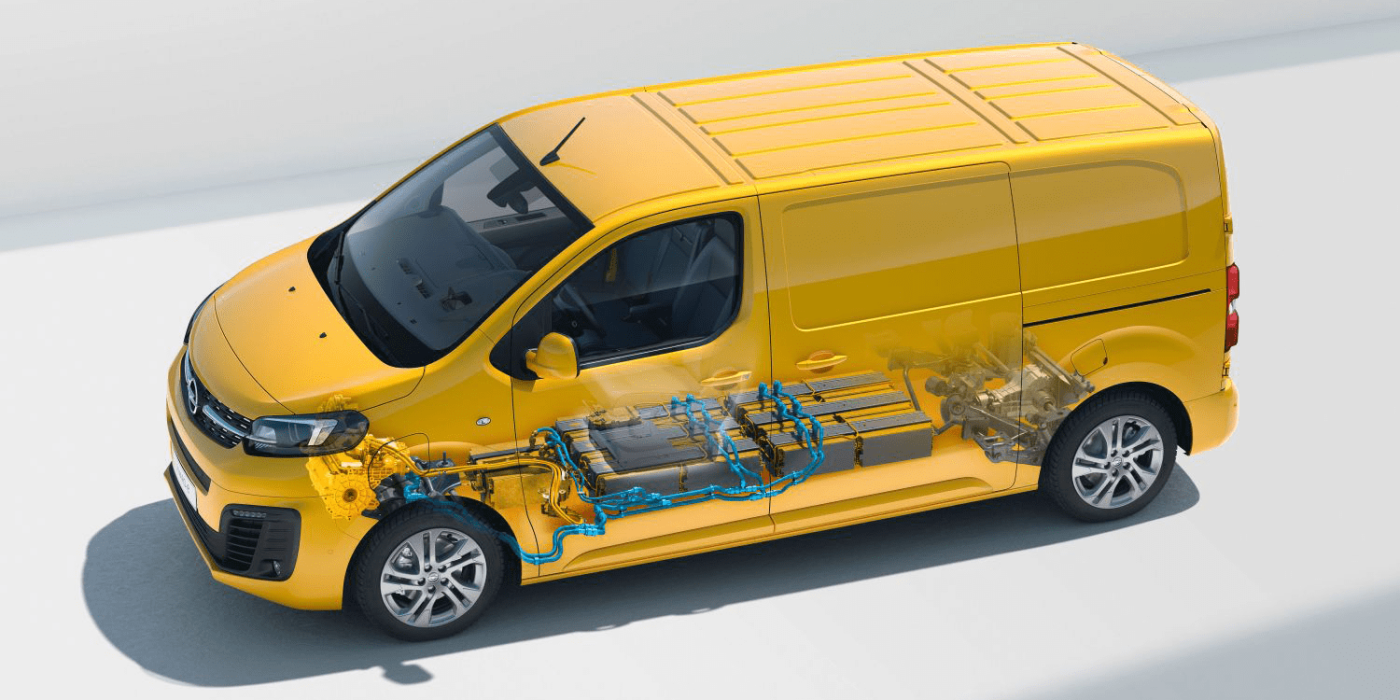
The Vivaro-e and Zafira-e Life charge via a CCS connection above the front wheel on the left-hand side. Opel claims that a 100 kW rapid charging station can charge the 50kWh battery to 80 per cent in 32 minutes – charging the 75 kWh battery takes 48 minutes. The two electric vehicles will be equipped ex-works with an onboard charger with 11 kW for AC charging – in earlier announcements the Rüsselsheim-based company had spoken of a standard 7.4 kW charger. At a corresponding AC charging station, a complete charging process takes around 4:45 hours and 7 hours respectively.
For the transporter, size is all-important. The Vivaro-e is available in three vehicle lengths (4.60 meters, 4.95 meters and 5.30 meters) and various body styles. The variants include the van, a double cab and the station wagon for transporting people – or as a platform for superstructures. Depending on the model, the cargo space can hold between 4.6 and 6.6 cubic meters. The payload is up to 1,200 kilograms; however, those who opt for the larger battery will have to be satisfied with less freight.
Now to the passenger version. Opel/Vauxhall calls the Zafira-e Life a “lounge on wheels”. Configurations with five, six, seven or eight seats are available. There has been talk of nine seats, but caution is advised here: In the version with cloth seats, there is a driver’s seat in the front and a two-seater bench for the passengers. In the version with comfortable leather seats, there is only one front passenger seat, so there is room for eight people – which is why the official figure is eight seats. In the long-wheelbase versions, there is also a lounge variant, which features heated front seats with massage function, but even four extra comfortable leather rear seats. Removing the seats turns the Zafira-e into a commercial vehicle with a cargo volume of 3.6, 4.2 or 4.9 cubic meters.
Enough about specs. How do these two drive?
When entering the car, the gaze wanders over the dashboard, its controls, the infotainment display and the instrument panels. It quickly becomes clear: the changeover from conventional to electric versions should not be too difficult. The cockpit looks tidy; the number of buttons and wheels is limited. The instrument panels seem well designed.
Adjust the seat and mirrors, press the start button and set the route. The display in the Zafira-e Life showed a range of 318 kilometres with a full battery (75 kWh) at the start. Of course, this depends on the driving behaviour from the previous trip. Our journey begins at the Opel factory in Rüsselsheim and lasts only 17 kilometres. The display shows a remaining range of 298 kilometres, so the consumption was 26.1 kWh/100 kilometres. This is in line with the claimed WLTP value for the large battery of 24.4 to 27.3 kWh/100 km. (Opel gives a WLTP value of 21.7 to 26.1 kWh/100 km for the small battery.)
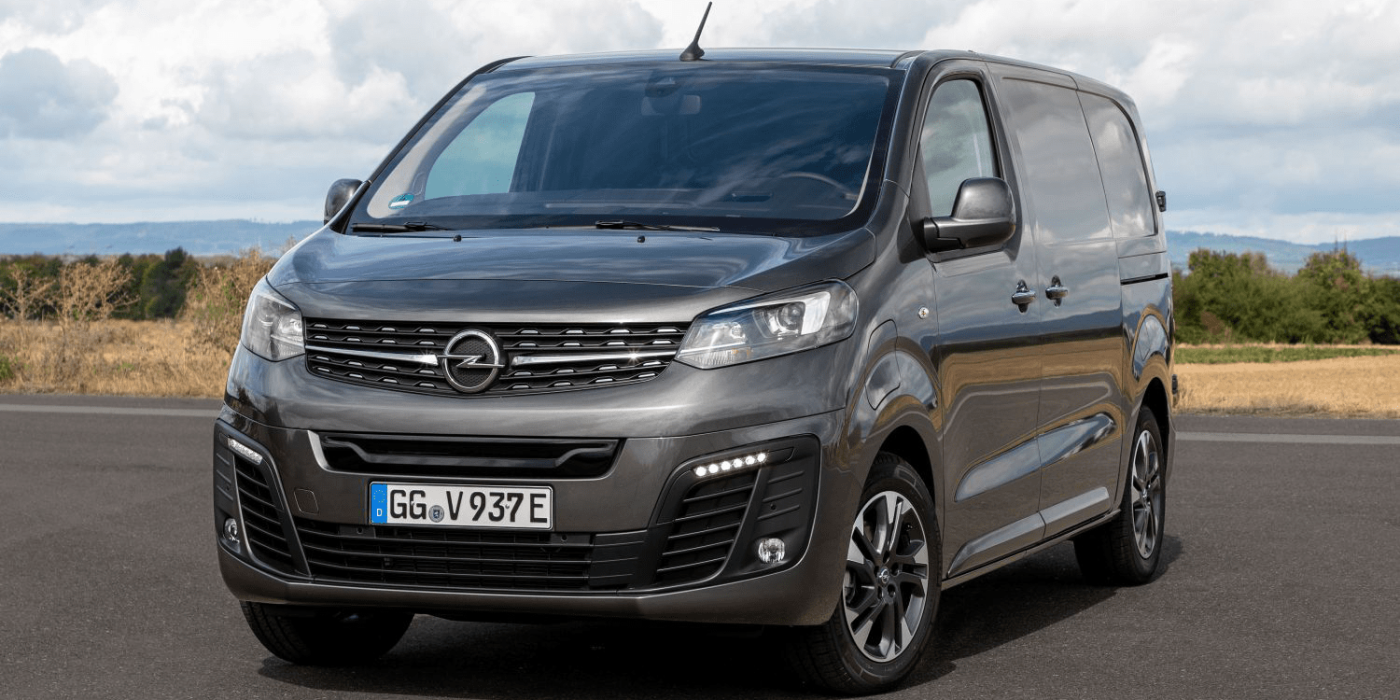
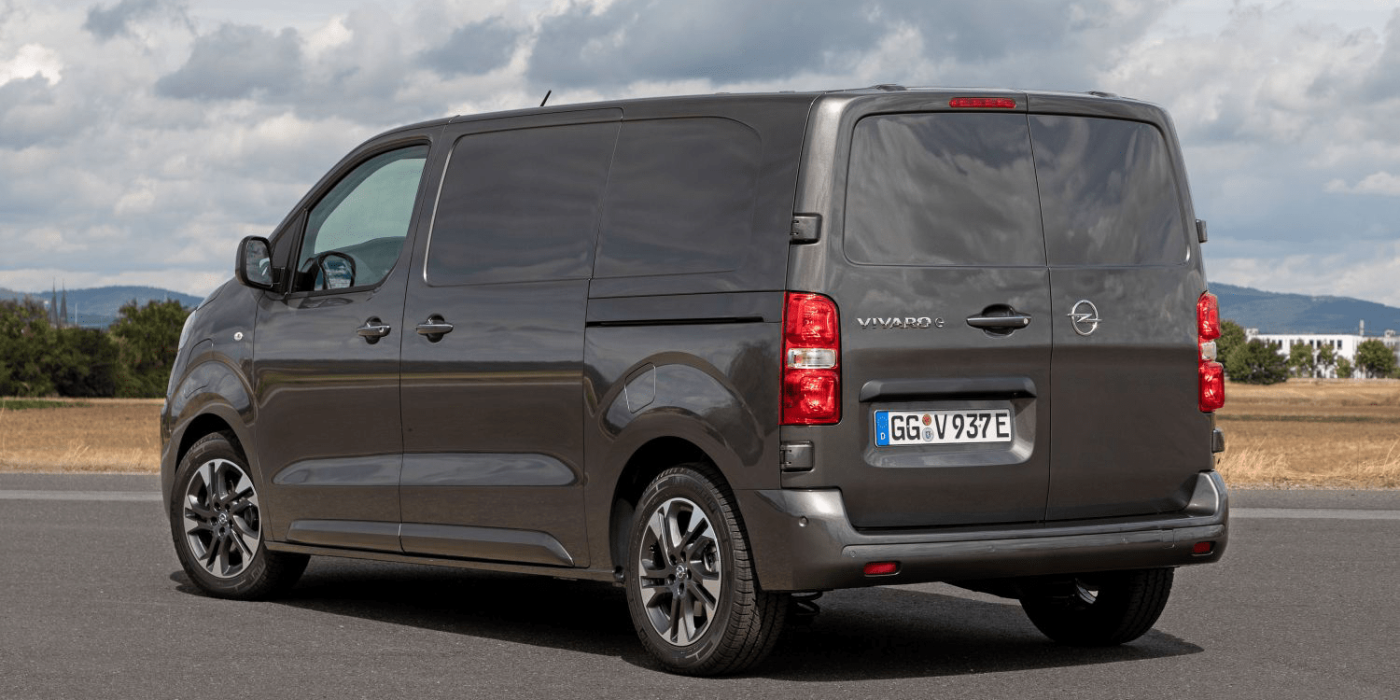

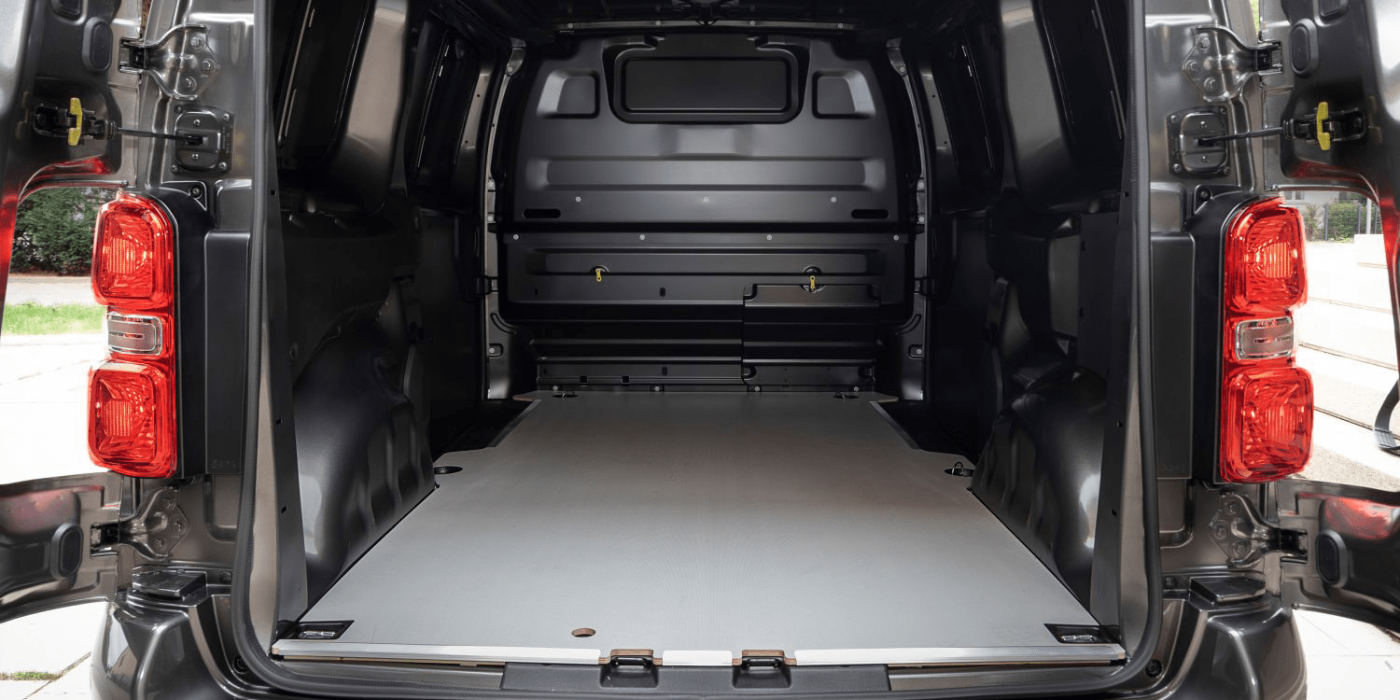
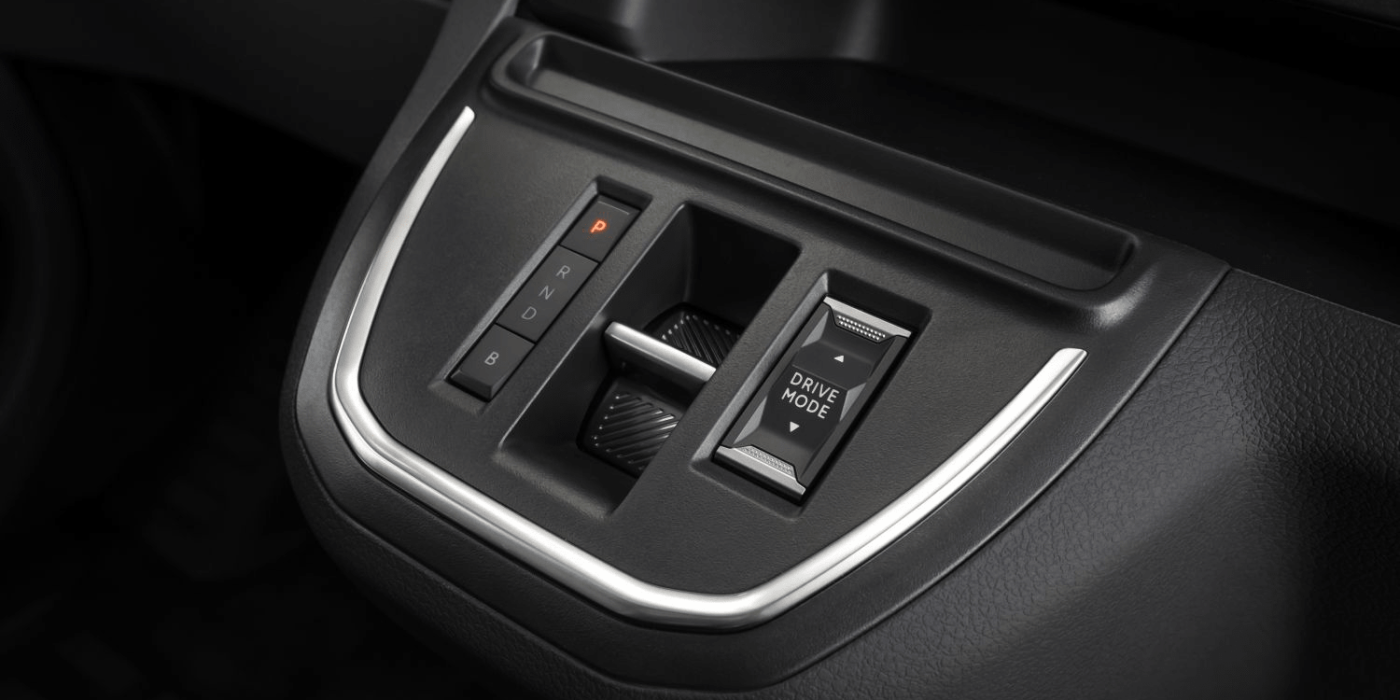
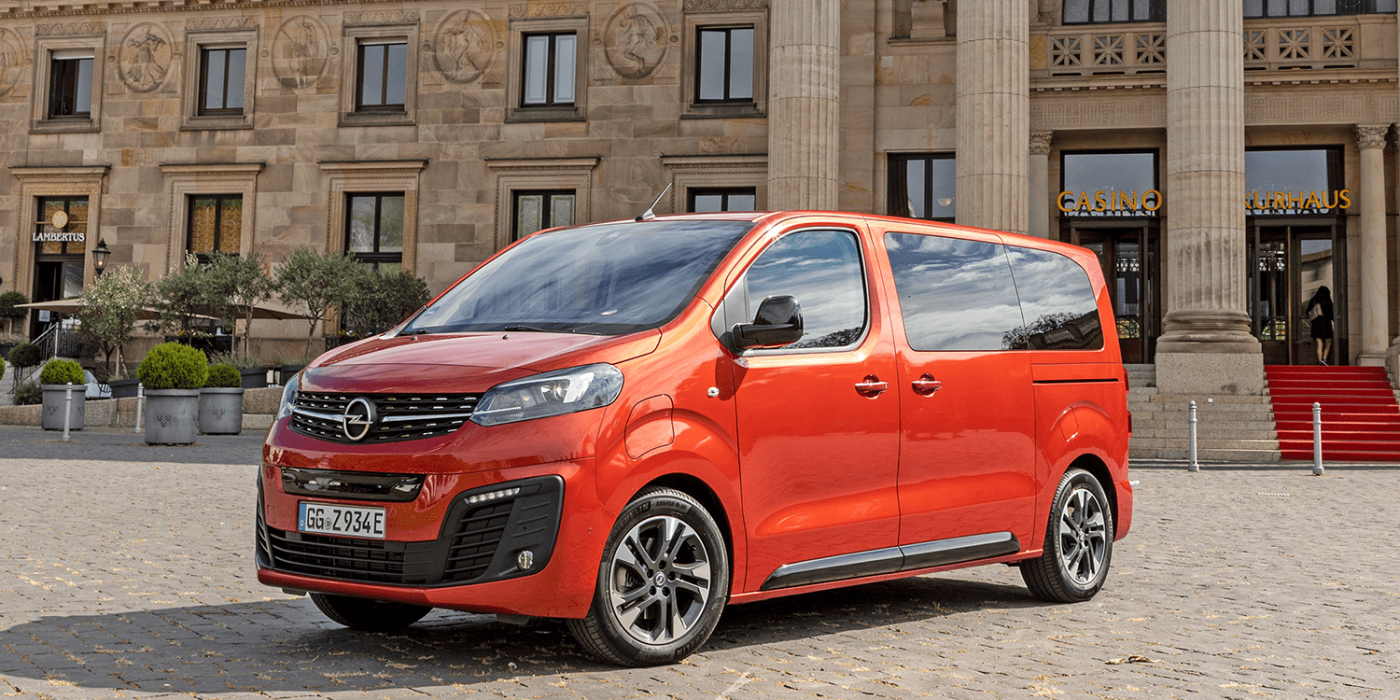
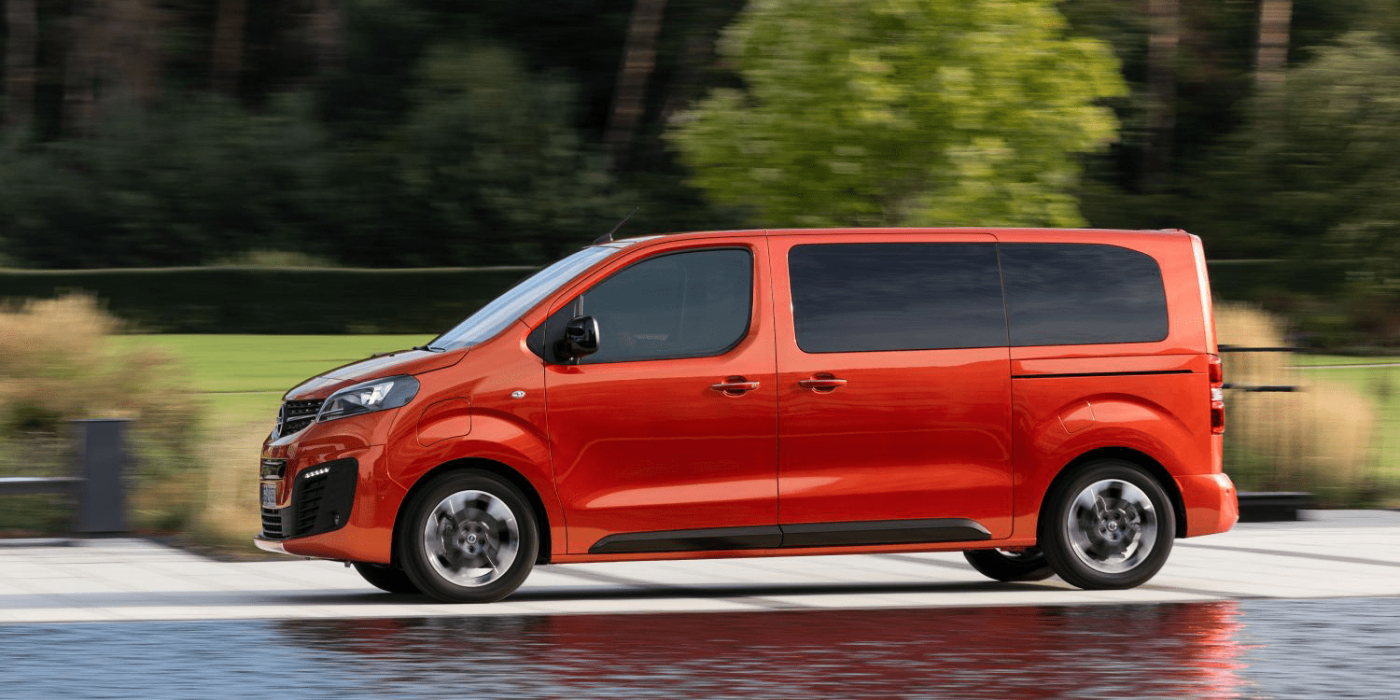
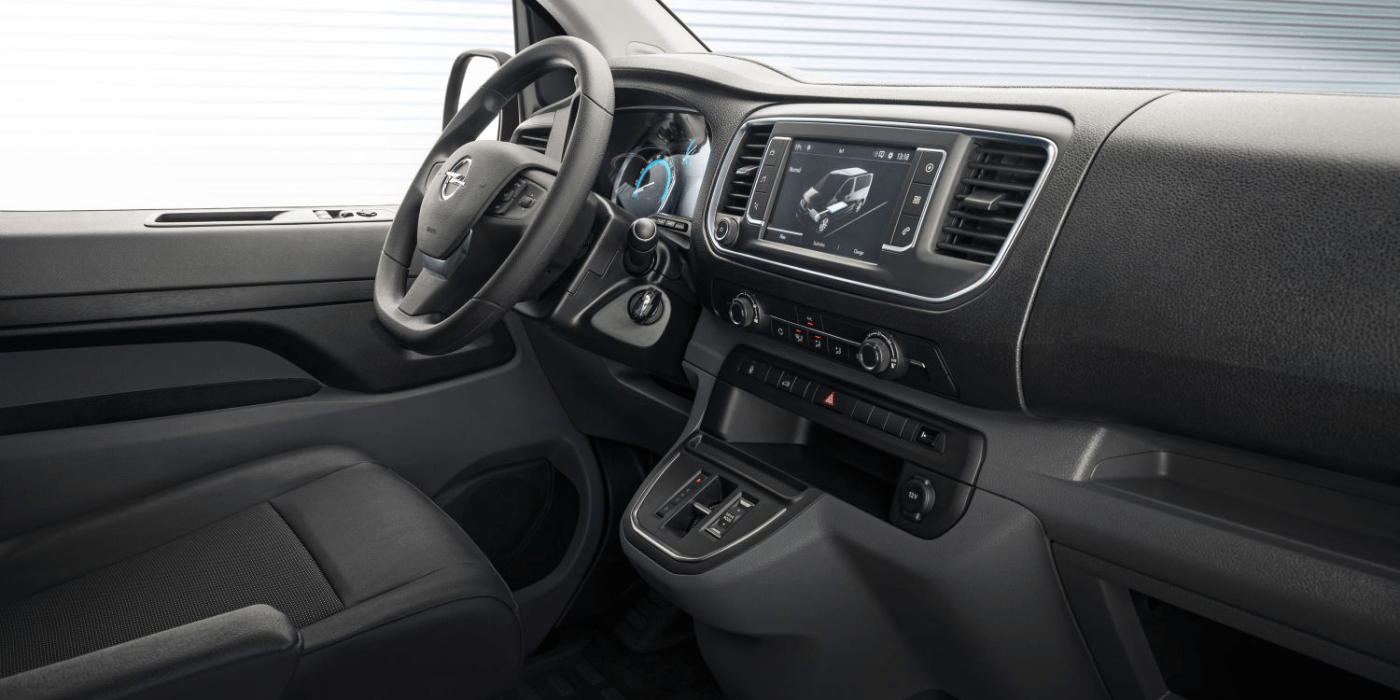
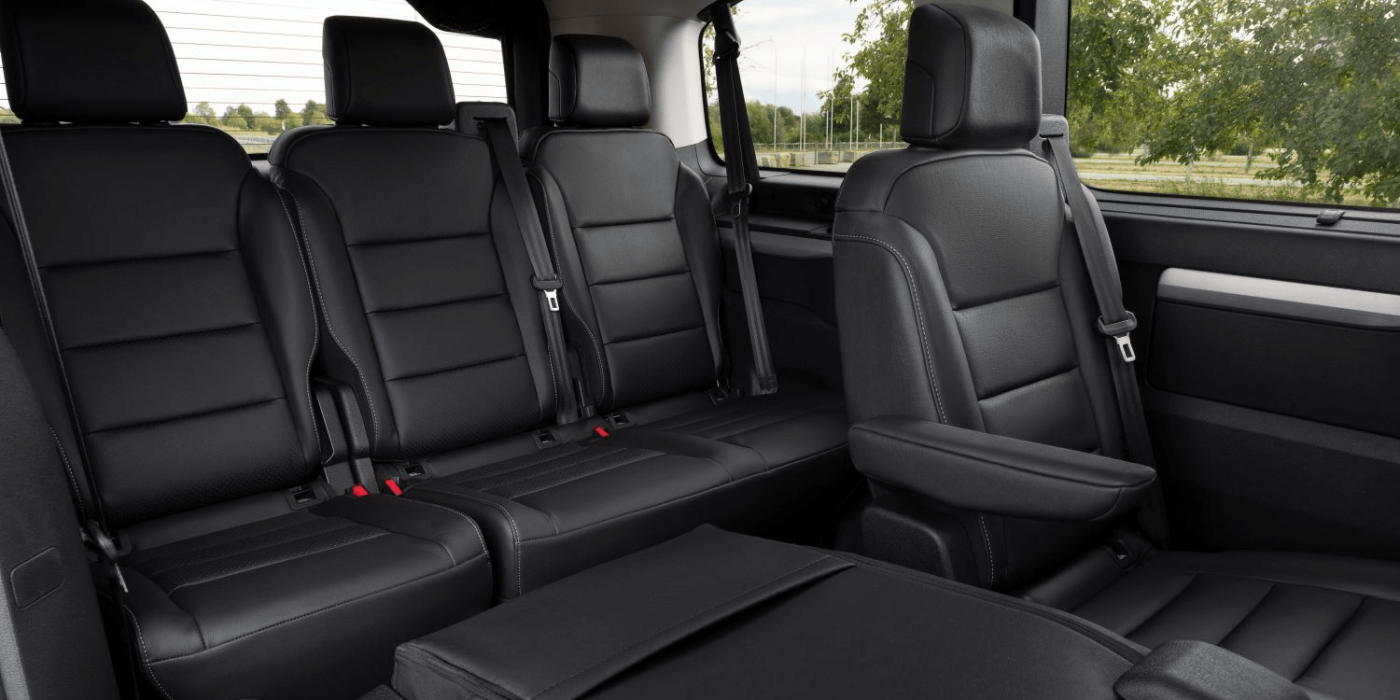
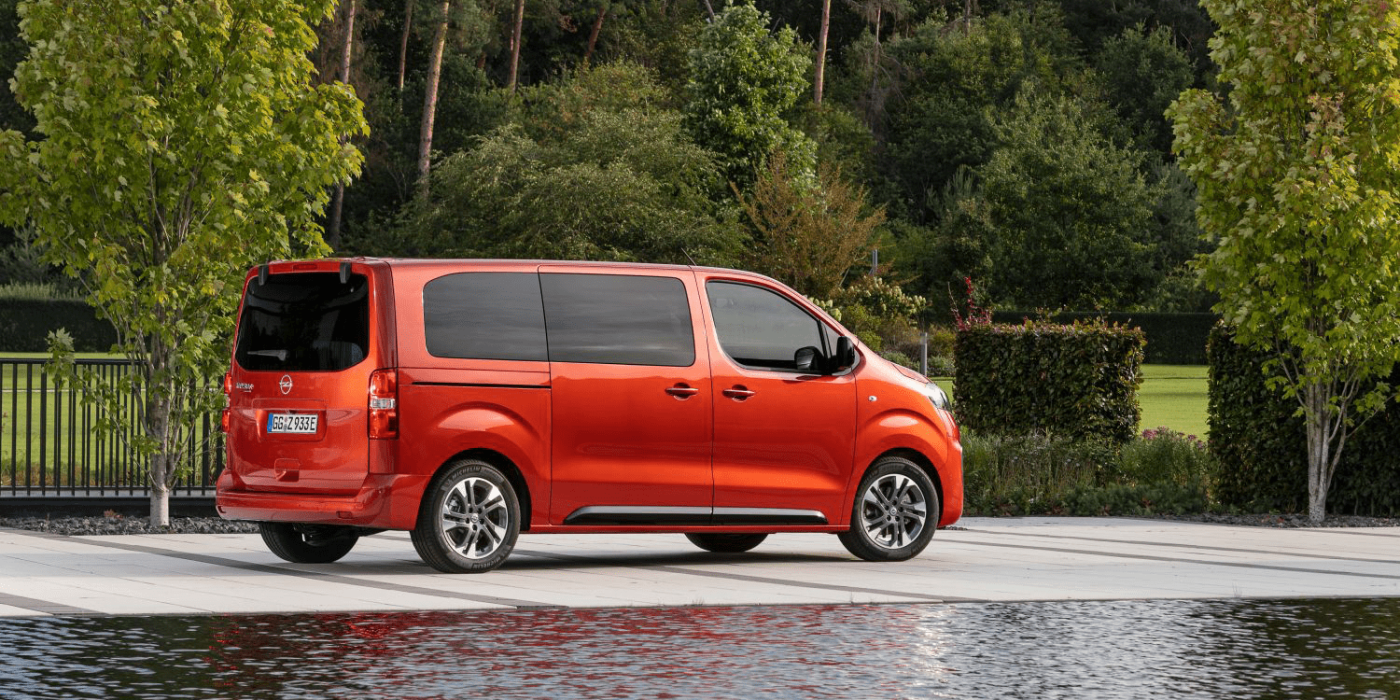
The second drive is with the Opel Vivaro-e, the proper van so to speak, also with the large battery. This time we came from Wiesbaden, taking mostly the country road (think B road) with some detours back to the Opel plant in Rüsselsheim. Upon arrival some 54 kilometres later, the display shows consumption of 22.1 kWh/100 km. So longer distances can indeed reduce consumption. But it also shows, that neither the Zafira-e Life nor the Vivaro-e work miracles in terms of “fuel” economy. At the same time, this is hardly surprising given the shape of the body. Still, we are left with the impression that efficiency could be improved, also as recuperation performance is moderate and a world away from one-pedal driving.
Electric drive is powerful enough
The Vivaro-e and also Zafira-e Life convince with stability on the straight line and also turning corners appears safe enough. Only the suspension is tuned somewhat tighter than its diesel counterpart. This is particularly noticeable in transverse grooves or on uneven road surfaces.
Driving in city traffic is fast. Even fully charged, the 100 kW in the Vivaro-e and Zafira-e Life should be more than sufficient in urban environments. Acceleration to country road speed is also quite fast when empty. It will be interesting to see how the acceleration behaves when the van’s fully loaded or with nine people. Only on the motorway, during the two short exits, that the power of 100 kW is quite limited in this environment. Acceleration to the top speed 130 kph was moderate.
Attractive price thanks to subsidies
Vauxhall has officially opened the order books for the electric van Vivaro-e. Customers can reserve the right-hand-drive versions from now on and expect deliveries in October. Applying the government’s PiVG will lower the price to £27,723 (excl. VAT) from £34,390 for Vauxhall’s’s fully electric Vivaro-e. The range offered in Britain includes two trim levels (Dynamic and Elite), two lengths (L1H1 and L2H1) and two bodies (van and double cab). The most expensive trim comes down to an on-the-road price of £39,811.66, which includes the delivery charge of £583.33 and new vehicle first registration fee of £55.00. Vehicle excise duty is nil. To compare, in Germany the smallest diesel variant starts at 25.870 euros. So saying the E-versions are significantly more expensive than the ICE vehicles is no longer valid, at least not when including the subsidy.
But how is the pricing of the Zafira-e Life? The passenger van just recently went on sale in the UK with deliveries to start in early 2021. Prices will start at 53,800 euros, or £34,645 after the Plug-in Van Grant. There are two versions of the Vauxhall Vivaro-e. The Edition model can seat up to nine passengers, including the driver. The Elite features Vauxhall’s’s Lounge trim as standard and includes massage function and electric heating for the front seats, with four movable leather chairs behind to allow passengers to sit facing each other. Both models also come in the extended body design and the Elite costs from £46,415.
A plus point that should not remain unmentioned with both models: no matter which configuration the customer chooses, the towing capacity of the Vivaro-e and Zafira-e Life is always 1,000 kg with brakes (750 without brakes). Compared to the diesel version, this is less, but it is a small trump among electric transporters.
Conclusion
With the Vivaro-e, Opel/Vauxhall has succeeded in bringing a vehicle onto the market that is quite attractive in terms of price among the rapidly growing range of electric vans. The Zafira-e Life – which Opel sees as a shuttle vehicle and also intends to impress families – is also quite convincing in its segment. This applies both to the selection of variants and to the overall package of price and performance. The manufacturer must now succeed in delivering in the corresponding quantities. Opel/Vauxhall did not want to give details of either a percentage or exact quantities of electric models in the range. “As with Corsa and future mocha, the multi-energy concept applies. This means that the vehicles are available both as combustion engines and as electric versions. We leave the customer the choice and produce what he orders. In the case of the Corsa-e, this is developing very well. In Germany, every third Corsa private customer already opts for the electric version,” a spokesperson told our reporter.
Reporting by Daniel Bönnighausen, Germany, with localisation, edit and translation by Nora Manthey, UK.

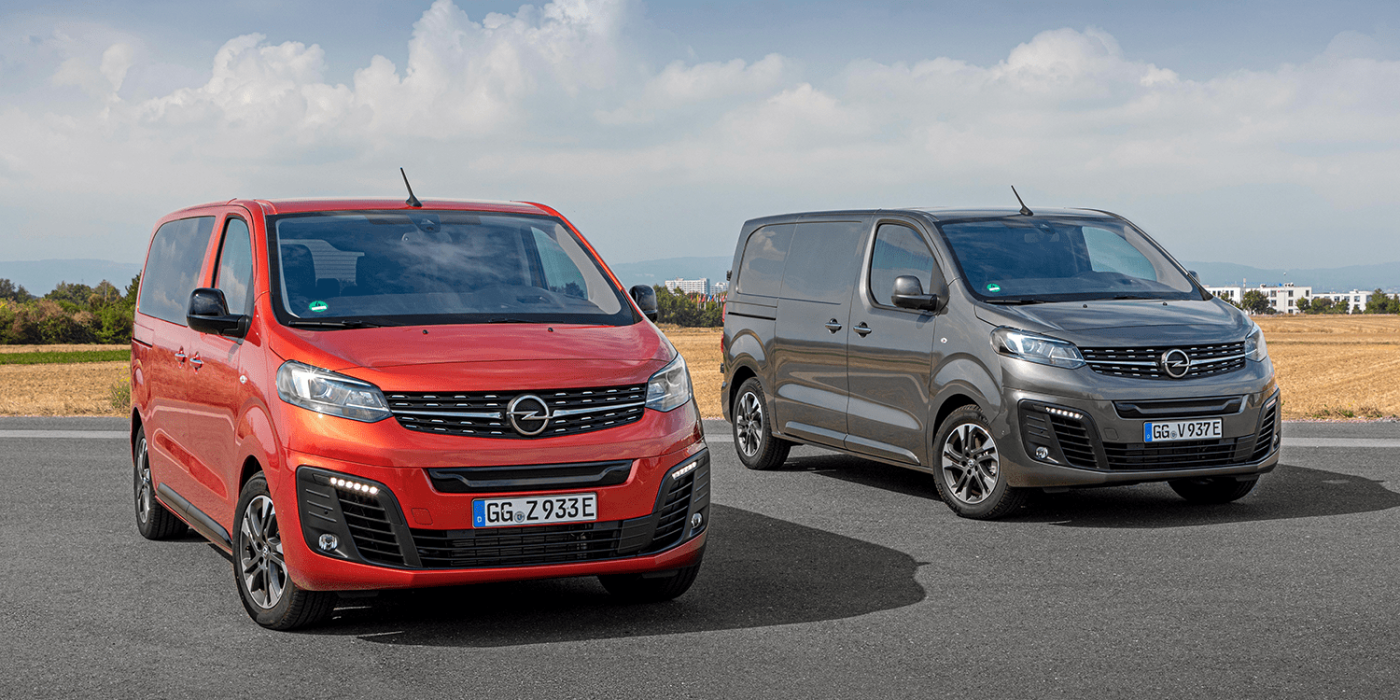
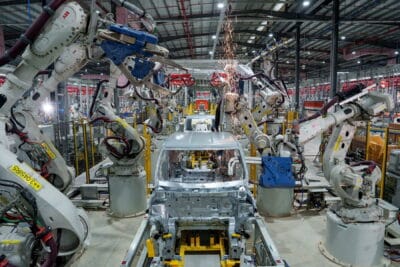
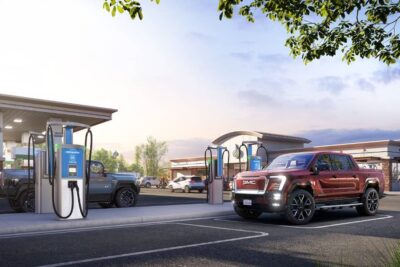
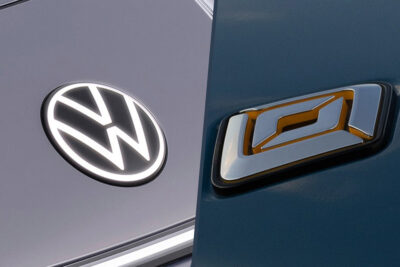
0 Comments